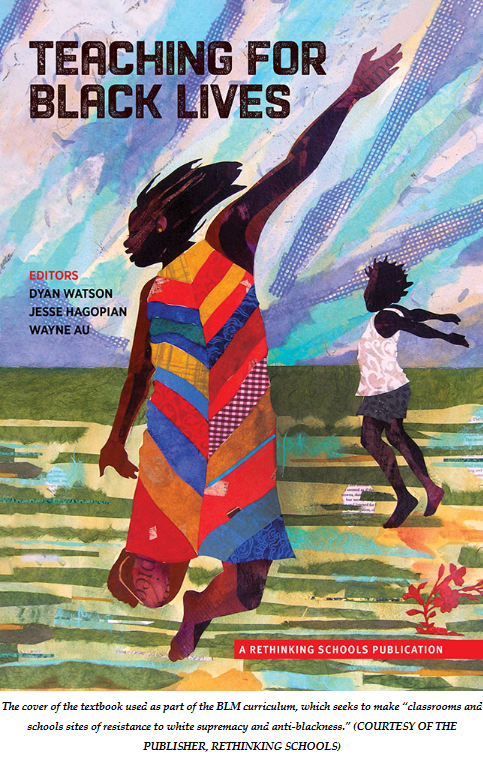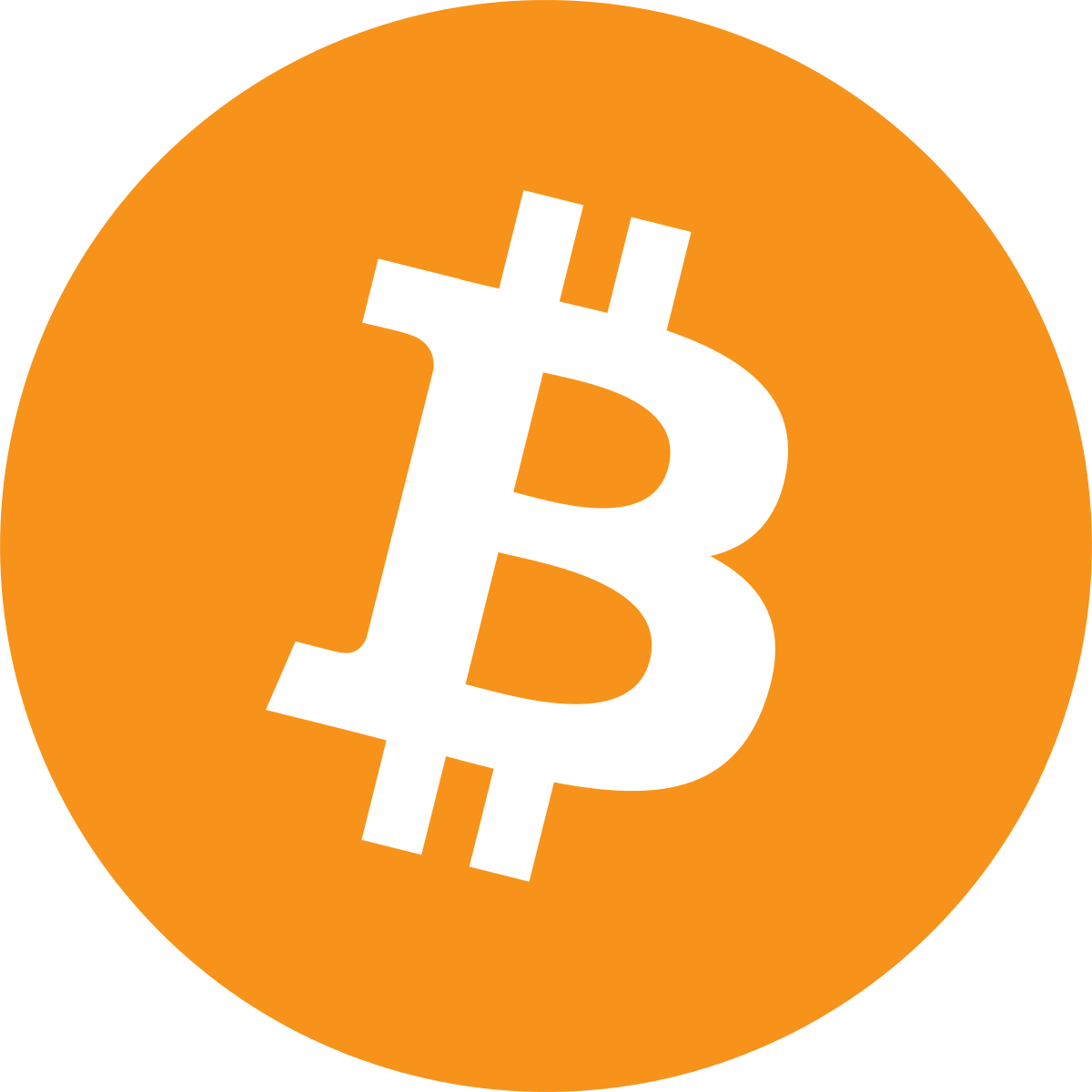
Activists bring the movement’s spirit and ideology into a growing number of secondary and even elementary schools.
CJ – (from the magazine), by Peter C. Myers, Summer 2019 , Education
Excerpts:
Black Lives Matter, though less prominent in the headlines of late, continues to be quite a growth story. What began in 2013 as a hashtag propagated by a few activists and academics rapidly grew into a nationwide protest movement and then into an institutional establishment, with local chapters around the U.S. and even a few abroad. With lavish funding and generally supportive media attention, the BLM network has become the progressive Left’s primary organ of antiracism activism. Now it seeks to sustain and expand upon that success. In its most ambitious venture yet, the group has moved beyond the streets and into the nation’s public schools.
……………………………
… Among BLM’s 13 principles, for instance, are various commitments to intersectionality—that is, the focus on overlapping categories of racial, gender, or sexual victimization. BLM dedicates itself to dismantling “cisgender privilege,” “freeing ourselves from the tight grip of heteronormative thinking,” and “disrupting the Western-prescribed nuclear family structure requirement.” The Starter Kit section on teaching young children declares: “Everybody has the right to choose their own gender by listening to their own heart and mind. Everybody gets to choose if they are a girl or a boy or both or neither or something else, and no one else gets to choose for them.”
BLM’s teaching about race is no less radical. The first sentence of the introduction to the Teaching for Black Lives textbook reads: “Black students’ minds and bodies are under attack.” Anecdotes of abusive treatment follow, preparing the central thrust of the BLM-at-school pedagogy: “The school-to-prison-pipeline is a major contributor to the overall epidemic of police violence and mass incarceration that functions as one of sharpest edges of structural racism in the United States.” The stoking of readers’ anger continues with this distorted characterization of the galvanizing event for BLM’s street protests: “In August of 2014, Michael Brown was killed in the streets of Ferguson, Missouri, his body left in the streets for hours as a reminder to the Black residents in the neighborhood that their lives are meaningless to the American Empire.”
Instances of such incendiary rhetoric recur in the recommended instructional materials. The animating idea throughout is that African-Americans, intersecting with a familiar roster of other aggrieved identity groups, face systemic oppression, as they always have in America—even today, 50 years into the post–civil rights era. For all such groups and their “allies,” the proper relation to society must therefore be one of opposition, and a primary function of the education system must be to instruct students in the rationale, means, and ends of resistance—the more radical, the better.
……………………………….
View the complete article including image, links and comments at:
https://www.city-journal.org/black-lives-matter-in-the-classroom








